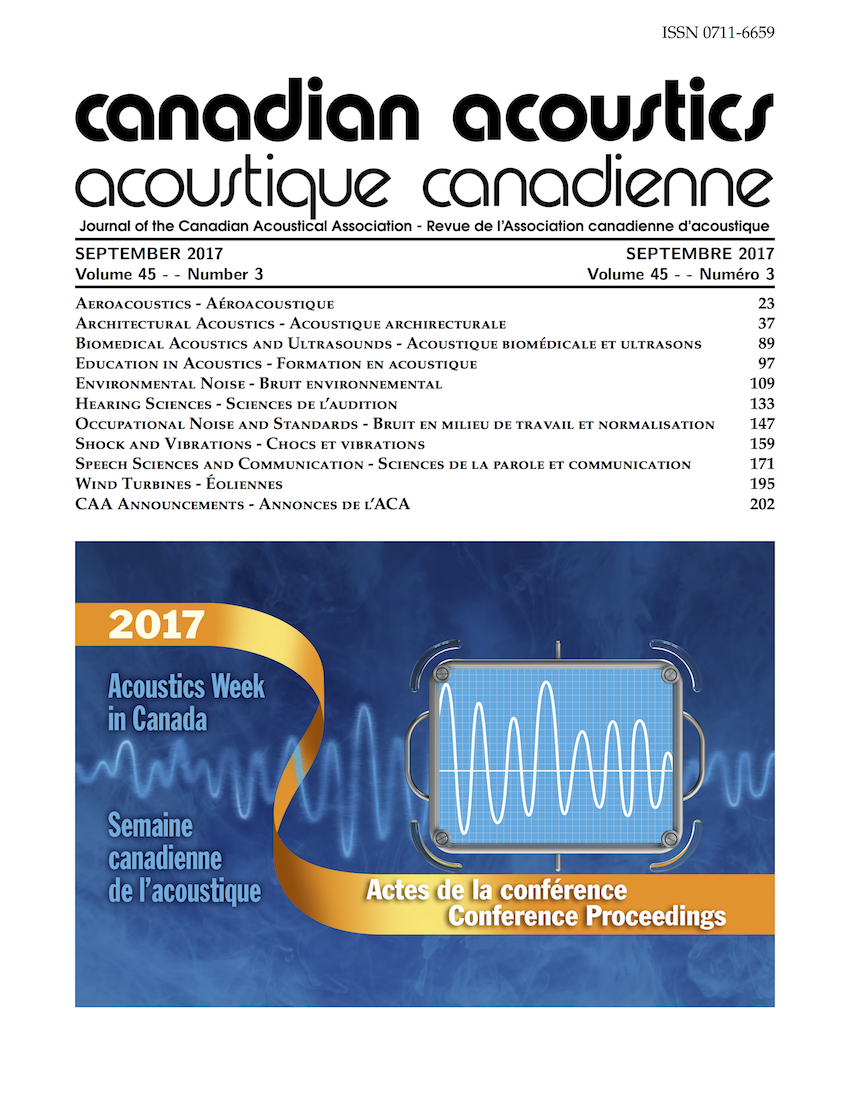Protection of Critical Assets from Construction Vibration - Field Tests, Prediction, and Control
Résumé
This paper presents the results from vibration testing and modelling conducted during the design of a major hospital complex expansion adjacent to a research facility. The expansion will include demolition of existing structures at the site and construction of several multi-storey buildings. Foundation works will include construction of raft slabs and installation of Franki piles. The research facility houses sensitive laboratory equipment as well as a vivarium at basement level. Protection of research assets is a major concern during demolition and construction as ground-borne vibrations can affect performance of sensitive equipment, disrupt long-term experiments (e.g., cell culture development), and negatively impact the health of the animals.
As Vibration Consultants on the project, the authors were responsible for developing vibration control specifications to ensure appropriate protection of the research facility (and surrounding land uses) during demolition and construction. This included development of a construction vibration model to predict vibration levels during various demolition and construction activities. Model parameters were specified based on coordinated testing at the site, which included:
- the use of an excavator armed with a plate compactor to apply impacts and vibratory compaction to the ground at the surface and at a depth corresponding approximately to the depth of foundations for the new buildings; and,
- Installation of two Franki piles at locations corresponding to new building foundations.
During the tests, vibration levels were measured in the research facility and at various surface-level setbacks from the sources to quantify ground transmission characteristics and response of the structure. The results of all tests and models were applied for the development of vibration control measures that included a construction vibration control specification and monitoring protocol.
Fichiers supplémentaires
Publié-e
Comment citer
Numéro
Rubrique
Licence
Author Licensing Addendum
This Licensing Addendum ("Addendum") is entered into between the undersigned Author(s) and Canadian Acoustics journal published by the Canadian Acoustical Association (hereinafter referred to as the "Publisher"). The Author(s) and the Publisher agree as follows:
-
Retained Rights: The Author(s) retain(s) the following rights:
- The right to reproduce, distribute, and publicly display the Work on the Author's personal website or the website of the Author's institution.
- The right to use the Work in the Author's teaching activities and presentations.
- The right to include the Work in a compilation for the Author's personal use, not for sale.
-
Grant of License: The Author(s) grant(s) to the Publisher a worldwide exclusive license to publish, reproduce, distribute, and display the Work in Canadian Acoustics and any other formats and media deemed appropriate by the Publisher.
-
Attribution: The Publisher agrees to include proper attribution to the Author(s) in all publications and reproductions of the Work.
-
No Conflict: This Addendum is intended to be in harmony with, and not in conflict with, the terms and conditions of the original agreement entered into between the Author(s) and the Publisher.
-
Copyright Clause: Copyright on articles is held by the Author(s). The corresponding Author has the right to grant on behalf of all Authors and does grant on behalf of all Authors, a worldwide exclusive license to the Publisher and its licensees in perpetuity, in all forms, formats, and media (whether known now or created in the future), including but not limited to the rights to publish, reproduce, distribute, display, store, translate, create adaptations, reprints, include within collections, and create summaries, extracts, and/or abstracts of the Contribution.


